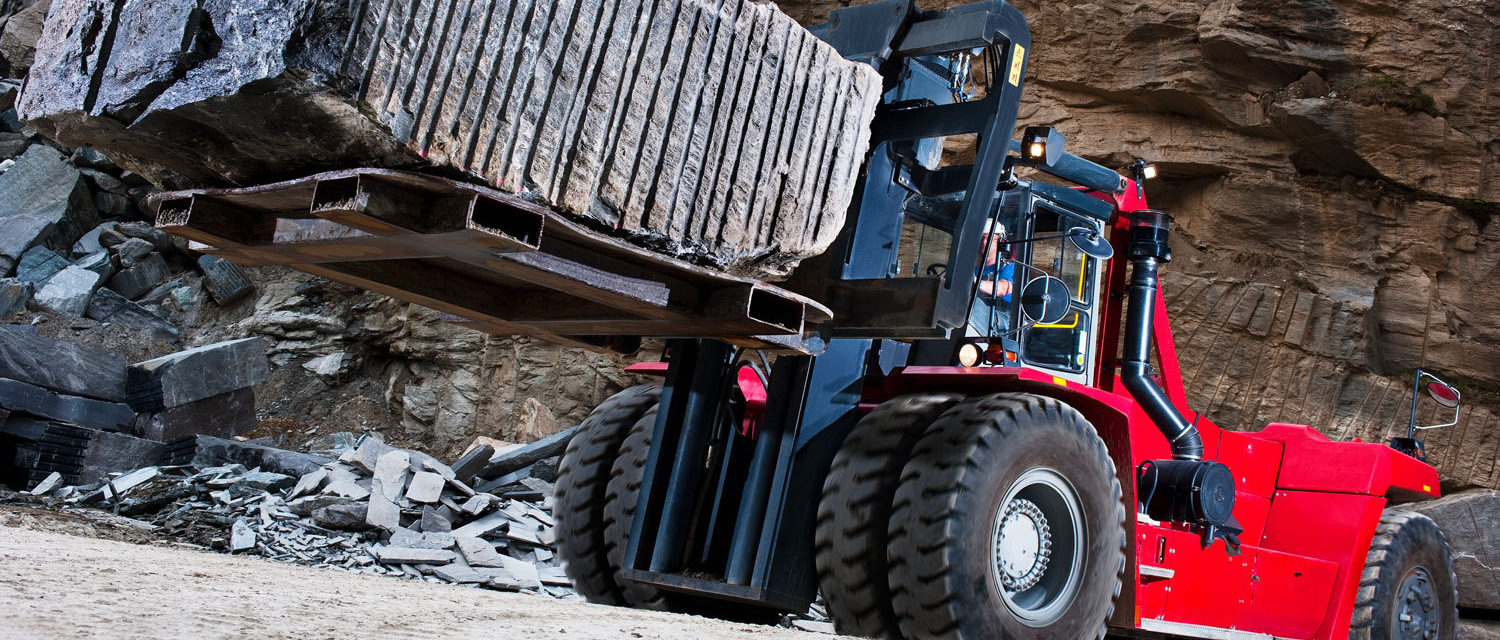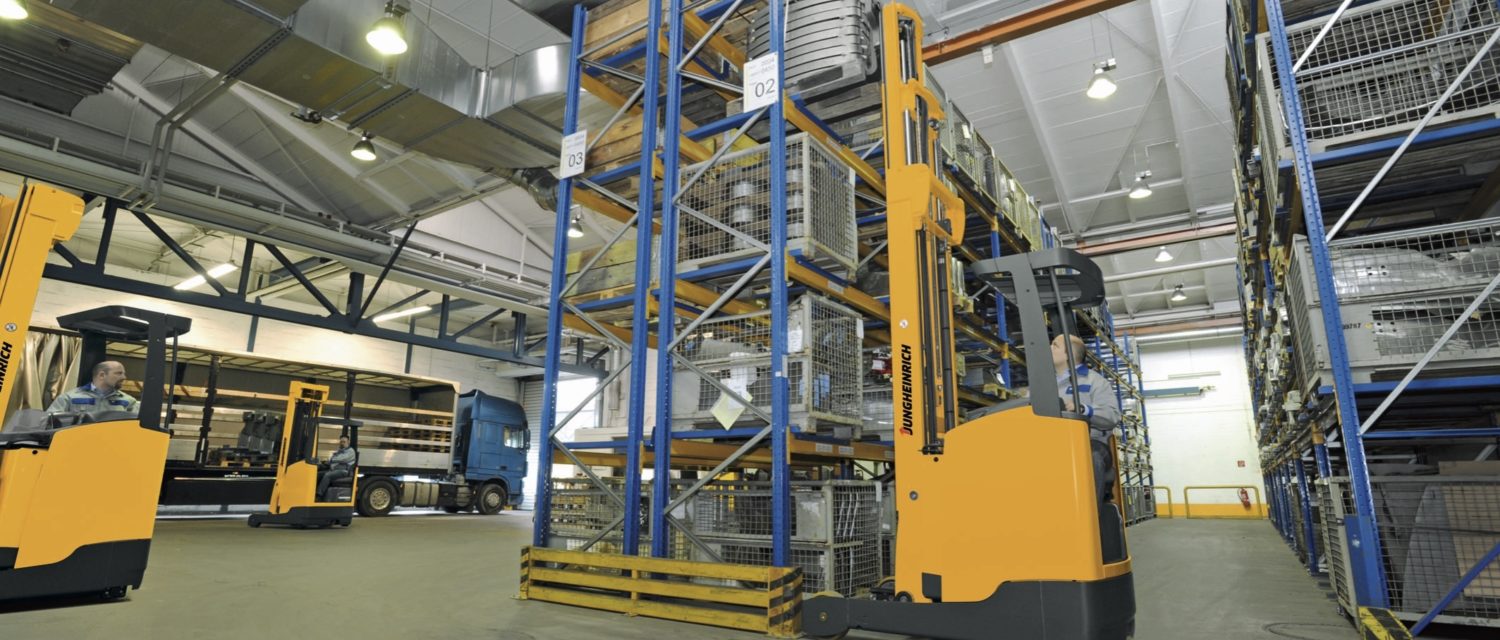6 Forklift Maintenance Tips to Help You Maintain Safety

Regular forklift maintenance and servicing is imperative to keep machines running correctly. A well-maintained machine will provide you with years of reliable and safe service. A neglected machine will break down more frequently, require replacement sooner and, most importantly, put your operators at risk. If you want get the most out of your investment and help reduce forklift accidents, preventative maintenance is a must. Here are 6 of the most important steps you should take to ensure your machines run properly.
1. Inspect your machine daily as part of a comprehensive forklift maintenance plan.
Inspecting your forklift daily before it is used is not only a good way to identify potential problems early (such as leaky hoses and faltering brakes), but it is also an OSHA requirement. These checks will ensure that the forklift is safe to use before every shift and save you time and money over waiting to repair problems until they interfere with the operation of the machine.
The best way to implement these checks is to use a standardized checklist (such as one provided by OSHA) in order to ensure that all areas of concern are addressed before the forklift is put to use. Some recommended elements of this checklist are the following:
– Hoses
– Tire pressure and conditions
– Seat belt function
– Fluid levels
– Forks and overhead guards
– Brake performance
2. Follow the manufacturer’s recommended maintenance schedule.
Your forklift maintenance should adhere to the schedule provided by the manufacturer. For example, most manufacturers recommend an in-depth inspection or service to take place after a certain period of time (i.e. Oil changes every 3 months) or a certain amount of usage (i.e. After 250 hours of use, 500 hours of use, and 1,000 hours of use).
Making sure that tasks such as oil changes, tire conditions fluid and filter changes, spark plug replacements, brake and drive train servicing and more are completed on time will help you avoid bigger unexpected problems that could cost you time, money, and safety.
3. Check your forklift’s tires regularly.
Tires can wear out quickly on a forklift, especially if it regularly traverses the same paths around the warehouse. That repetitive motion can cause the tires to wear out faster on one side than on another. Tires can also deflate, spring leaks, or lose their tread. Since tires are critical for the proper operation of the forklift, forklift maintenance must include regular inspection and servicing of the tires.
You should check them as part of your daily inspection. This inspection should include a pressure check (for pneumatic tires) and a visual examination to ensure that they are in good condition and have sufficient tread.
OSHA requires a forklift to be removed from service if any of its tires are missing pieces of rubber, but you will also want to remove any machines with leaking or otherwise damaged tires and replace tires regularly as they wear out and lose their tread.
4. Clean your forklifts weekly as part of your forklift maintenance plan.
Cleanliness does more for your forklift than improve its aesthetic appeal. It is also an important safety feature that can prevent the build up of combustible materials (such as lint) on your machine and prevent blocked radiators and other issues that can hinder both the safety and the effective operation of the forklift.
As a result, you should include weekly cleanings as part of your forklift maintenance plan. This process should include blowing out the radiator, wiping down any dirty elements of the forklift, and changing any filters that have become dirty. This regular cleaning will keep your forklift in top working order for many years, saving you money by reducing wear and tear on the machine thanks to the buildup of dirt and debris.
5. Deal with any issues as soon as they arise.
Despite daily checks and a regular forklift maintenance schedule, there may occasionally be unexpected issues that arise with your machine. For example, an operator may notice the brake becoming increasingly soft over the course of their shift, or a tine may bend or break during use. Addressing these issues promptly is an important element in preventing larger problems and dangerous accidents.
Addressing problems early can prevent small issues from becoming big (and costly) ones. For example, it is much cheaper to fix a coolant leak than it is to replace the entire engine (or purchase a new forklift) after a neglected leak has caused extensive damage. It is safer to have soft brakes examined than it is to wait until the brakes stop working entirely.
In order to keep your forklifts in good working order, deal with any issues as soon as they arise. This means encouraging reports of problems from employees, promptly removing forklifts from operation if they exhibit issues that require repair, addressing strange or loud noises from the machine, and promptly calling in a licensed technician to deal with issues.
6. Sign up for a comprehensive forklift maintenance plan.
Often, the most convenient way to properly maintain your machines is to sign a forklift preventative maintenance contract with an experienced equipment company (like Darr). A forklift maintenance plan from Darr, for example, guarantees that your routine forklift maintenance will be completed on time. This plan will give you the peace of mind of knowing that your forklifts are being kept at an optimal level of repair and safety.
In addition, Darr offers forklift repair services. We provide licensed technicians to service your machines. This means that you never have to worry about the qualifications of the people working on your forklifts, and it means you receive top quality service for every task. We can also ensure detailed records, a clean and appropriate work environment, and high quality parts from our extensive forklift parts suppliers.
Forklift maintenance is an essential component of successful forklift use. By conducting daily inspections, following the manufacturer’s recommended maintenance schedule, checking tires regularly, cleaning the forklift weekly, dealing with issues as soon as they arise, and signing up for a comprehensive forklift maintenance plan, you can lengthen the life of your machine(s), reduce accidents, and improve safety at your site. Contact us today for more information.
